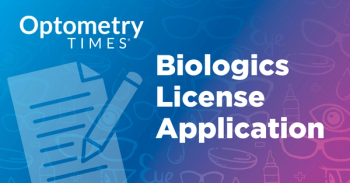
Study: Neurolenses significantly impact reading speed
Results from a parallel arm study suggest opportunity to expand on visual performance and productivity improvement.
New evidence has found that Neurolenses may play a critical role in improving readings speeds when compared to other premium lens designs.
Result from a double-masked parallel arm study evaluating reading speed at baseline suggest that there may be opportunity to expand on the Neurolens technology to focus on visual performance and improvement in productivity within a larger patient population.
The randomized study includes 30 patients divided into two groups: treatment and control.
The treatment group received a pair of Neurolenses with a prescription based on the practitioner’s RX using subjects’ best corrected vision,
Reading speed of participants was initially assessed using the Wilkins Rate of Reading Test (WRRT).
Study findings include: After 7 days of lens wear—the mean (±SD) improvement in reading speed with Neurolenses was almost 70% higher than the mean (±SD) improvement in reading speed with other premium lens designs, according the release.
Further, each study participant wore their assigned lens for 7±2 days. After this time period, their reading speed was re-evaluated following the wear-in period. Following this, investigators calculated the number of correct words read per minute by participants for each passage.
Additional findings are as follows:
The mean (±SD) improvement in the reading speed for Neurolenses was +20.96 words per minute, and the mean (±SD) improvement in the reading speed for the Control was +12.39 words per minute. Analysis of Variance (ANOVA) analysis revealed a statistically significant improvement in the reading speed with Neurolenses compared to the control lens (F = 4.45; p = 0.03).
“These new results have exciting implications for the impact the vision industry can have on productivity, comprehension and learning,” stated Pierre Bertrand, Neruolens CEO.
Newsletter
Want more insights like this? Subscribe to Optometry Times and get clinical pearls and practice tips delivered straight to your inbox.













































